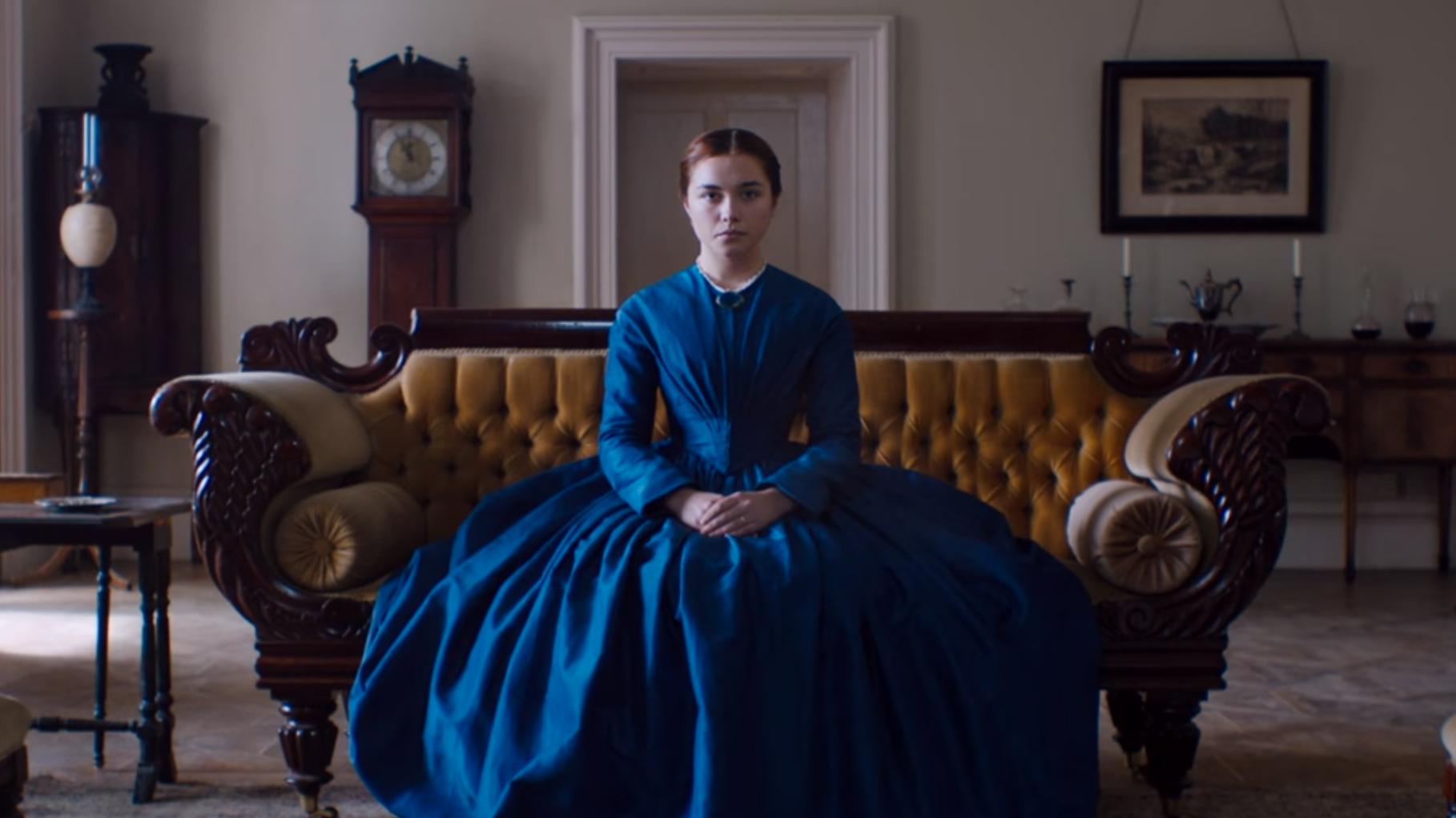I remember when my not having a TV used to amaze people.
‘But what do you talk about?’ someone asked me. But these days with the internet gradually
replacing television as our primary supplier of moving picture entertainment,
it’s no longer so strange to be without the multi-channel box.
But
it’s still a bit of shock to the system when, on visits to my parents’ house, I
am exposed to traditional, ‘national broadcaster’ TV. One thing I’ve noticed is how terrifying the
BBC News has become. Their financial
clout has never been so obvious as it is now, as camera crews take the viewer
to the most woebegone and dangerous places on the planet: villages reduced to
rubble where snipers hide in the shadows, makeshift hospitals filled with
maimed children. A recent report on heroin production in Mexico showed a local
overdosing on the drug – it was astonishing to witness this on a national news
programme.
When you are used to reading about these stories or listening to
them on the radio (I rarely watch videos on news websites though I know they
are on the rise) the images of carnage and suffering are startling. It’s all so different from the news
programmes from my youth, when there were no pictures of foreign trouble spots,
just a photograph of the reporter (usually pictured holding a phone) superimposed
on a map of the country where he was posted.
The
other thing that shocks me is how loud studio audiences have become. I can only
assume that the volume levels are increased to ‘grating’ in the editing suite
or else the audience of such programmes as Graham Norton’s show are drunk
almost to the point of belligerence. Why else would they be braying like
donkeys at jokes that are often no more than slightly amusing? Have I Got News
for You is hard to watch for the same reason and even The Late Late Show’s
audience, which used to be a tough crowd of mostly older people who gave many a
band or ‘edgy’ comedian a cool reception, is now urged to clap and crow as
often as possible.
It’s a different world from the Youtube
accessible interviews conducted by Dick Cavett and Michael Parkinson in the
1960s and 1970s. On walks Muhammed Ali or Marlon Brando or Bette Davis, stars
who have already achieved near-mythic status, and there is polite applause and
then silence as the interview begins. Funny moments are greeted with
realistically gentle laughter and people like Orson Welles are allowed to just
talk without interruption.
But
these are minor objections – what is most noticeable about modern TV is how
much like a library it has become. The menu button allows us to search through
hundreds of channels as though we were scanning rows of books on shelves and
fringe interests are catered for in a way that would have been previously
unimaginable.
This new world suits my parents –
in the past, programmes about antiques and heritage used to make up no more
than a few hours a week of programming in Britain and Ireland; these days, you
can get six or seven hours’ worth a day.
I quite like it too, but I’ll wait until they’ve finally done away with
commercial breaks before I return to T.V.











